New Frontiers in Technical Analysis
$21.20
| Author(s) | |
|---|---|
| Format |
|
| Pages |
345 |
| Publication Year |
2011 |
New Frontiers in Technical Analysis is an essential guide to the most innovative technical trading tools and strategies. In today’s investment arena, there is a growing demand to diversify investment strategies through numerous styles of contemporary market analysis, as well as a continuous search for increasing alpha. Paul Ciana, Bloomberg L.P.’s top liason to Technical Analysts worldwide, understands these challenges very well and that is why he has created New Frontiers in Technical Analysis.
Introduction:
New Frontiers in Technical Analysis has been assembled in response to the growing demand to diversify an investment strategy through the numerous styles of contemporary market analysis and the ongoing search for increasing alpha. Although the most frequently used style of analysis is fundamental, the adoption of technical analysis as an adjunct or preferred style of analysis is becoming increasingly sought after and accepted.
This evolution has become visible in many ways. One observation discussed in Chapter 1 is the tracking and measurement of the use and growth of charts and technical indicators in different regions of the world. Another observation is the growth rate of the number of market participants specializing in technical analysis. In 2010, the Market Technician’s Association announced there were more than 1,000 active Chartered Market Technicians (CMTs) residing in 76 countries, representing a 100 percent increase in only four years. Yet another measure is the growing interest in and reliance on the development and implementation of innovative technical tools and strategies that capitalize on existing methods, such as those presented by the contributors to this book.
The bridge between fundamental and technical analysis continues to strengthen and the sophistication of each continues to develop. About a century ago, Charles Dow, who was a journalist, entrepreneur, and technician, created some of the world’s most popular equity indices, which are relied on today by all market participants. About 30 years ago, the fundamental term relative strength had only one meaning, until the publication of the Relative Strength Index by established market technician J. Welles Wilder. The theories of fundamental analysis and technical analysis are evolving together and affecting each other at rates faster than ever before. Therefore, a goal of this book is to properly document and share the gains of this evolution.
This book comprises contributions from five individuals who have spent most of their careers, if not all, studying the financial markets through a “technical” lens with the goal of identifying, developing, and implementing effective trading and investment strategies. These strategies attempt to capitalize on the experiences in their careers and explain how existing market actions will impact the future. Their methods are based on the existing body of knowledge of Technical Analysis, and have evolved to support and appeal to technical, fundamental, and quantitative analysts alike.
I view the contributors as accomplished market participants who do everything they can to continually adapt to the modern-day securities exchange industry. They are constantly modifying and refining their methodic approaches to the markets in order to achieve success, and I feel privileged to be a part of the sharing of their strategies. These five individuals bring with them a combined 150 years of market experience. Their methods, at some point in time, were likely somewhat simplistic, such as the application of moving averages, overbought and oversold momentum indicators, trending indicators, volume analysis, and so forth. We could ask them to recall how they would use these studies, as I’m certain they remember from their earlier days, but this has been done many times with experienced market professionals.
Rather, Chapter 1 begins with the release of previously undisclosed evidence about the most preferred chart types and technical studies. It continues into a lucid and simple summary of the essential elements of those chart types and indicators. The following chapters continue with in-depth explanations of the work of Julius de Kempenaer, Phil Erlanger, Cynthia Kase, Andrew Kezeli, and Rick Knox. All of the chapters can be considered work that has mostly never been seen before, and if seen, never in this much detail. Where some parts of their work is considered intellectual property and therefore proprietary, subjective discussions provide readers with challenging theories and ideologies for their own use. Other parts certainly are not, and hopefully some, if not all, of the work contained in this book will be published again and again, in the same way that Gerald Appel’s MACD indicator was 40 years ago.
Chapter 2 presents the work by Julius de Kempenaer on formalizing a sector rotation strategy for world markets by tracking relative performance, the momentum of, and implementing leading visualizations to hasten the process of this traditional strategy. Chapter 3 presents the quantitative work by Phil Erlanger on investing with seasonality and his four-step approach to trading using Bias, Setups, Triggers, and Monitoring. Chapter 4 is a quantitative and statistical approach by Cynthia Kase, who evolved from an engineer into a market technician. She explains her trading strategies using a multitude of tools that address challenging subjects such as appropriate stop levels, adjusting for volatility, and the confluence of multiple timeframes.
Chapter 5 by Andrew Kezeli discusses how Trade Angle Securities has incorporated the advantages of the unorthodox yet extremely powerful Market Profile into a suite of technical indicators that are applied to the more traditional bar chart. Finally, Chapter 6 takes the work of Rick Knox, formerly a pit trader and chart software developer, and emphasizes the importance of improving the clarity of indicators through the use of color and a variety of types of technical tools such as Elliott Waves, cycles, velocity, and also the agreement of multiple timeframes. Additional information on the background of the contributors is provided at the back of the book.
Contents:
- Evidence of the Most Popular Technical Indicators
- Everything Is Relative Strength Is Everything
- Applying Seasonality and Erlanger Studies
- Kase StatWare and Studies: Adding Precision to Trading and Investing
- Rules-Based Trading and Market Analysis Using Simplified Market Profile
- Advanced Trading Methods
New Frontiers in Technical Analysis By Paul Ciana pdf
1 review for New Frontiers in Technical Analysis
Clear filtersOnly logged in customers who have purchased this product may leave a review.

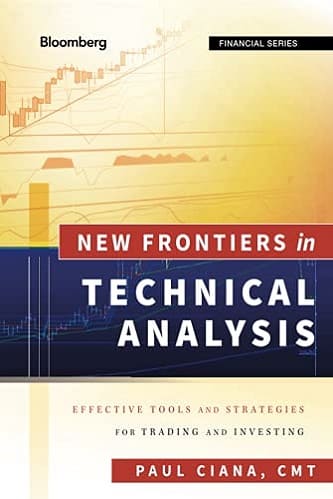
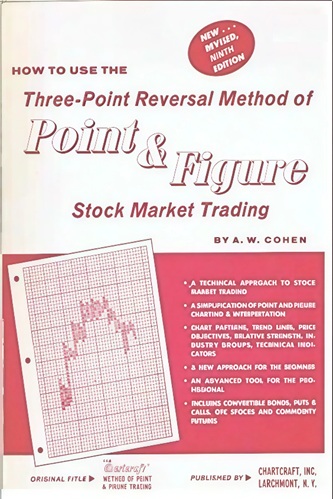

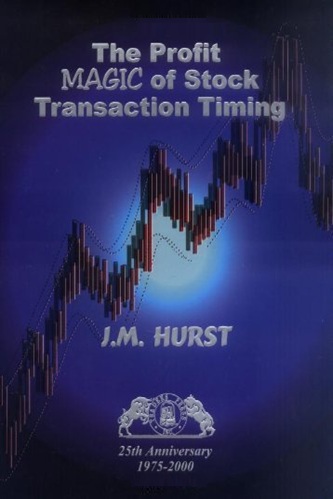
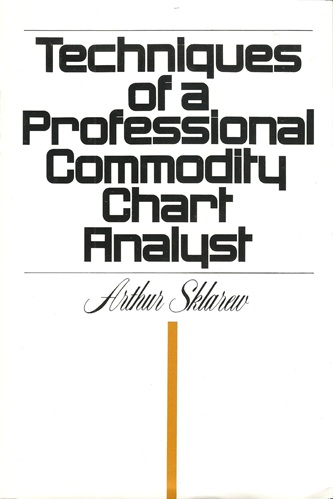
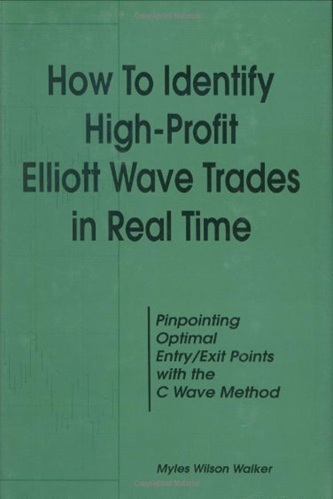
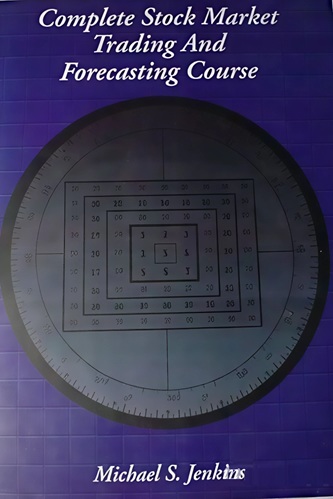
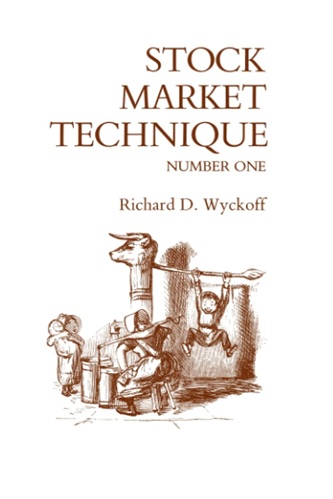
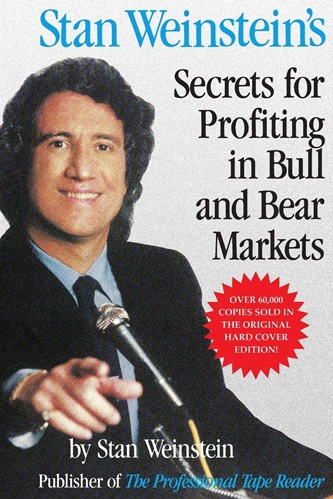
Francisco Roman (verified owner) –
Use TAS Trading platform so I found it very helpful .